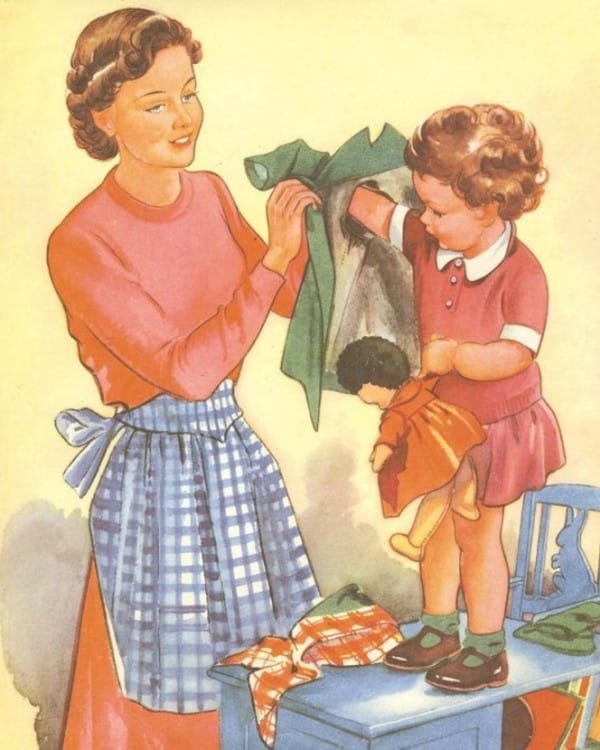Some Notes on Aesthetics
In the last couple of posts, Cameron has indirectly addressed questions of aesthetics and what they say about our view of the world. Why do we create utopias — why do we dress the way we do — why do we imagine things in a particular way? The answer, as I see it, lies less in a particular chain of decisions and turning points in history and culture; these are the symptoms, as it were, of the root cause, which is, quite simply, aesthetics.
The Worst shorts (Dolce & Gabbana)
And specifically, unconsidered aesthetics. We have been taught, in a variety of ways that aesthetics are bullshit: in part, and not unreasonably, because what do Truth and Beauty (yes, with title caps) mean to a world that had, y’know, the whole twentieth century, and has so far made a fucking hash of the twenty-first? The aesthetics of the current political regime have been ably discussed elsewhere (specifically in the chapter “Theses on a President”), but why were those decisions made? What makes someone look at something like literally any Trump tower, or, I don’t know, camo-print cargo shorts, and think, “Yeah, that looks real nice”?
The answers to these particular questions have been amply considered in other venues, so I won’t bother with it here. But my main point is this: aesthetics as a way of approaching problems has been utterly defanged by consumerism and the awful spiral that’s lead us to the present moment in history and culture. This is not an original sentiment. Mark Fisher pointed to it in his discussion of the “slow cancellation of the future”: his beef with the Arctic Monkeys springs to mind as a relatable example. However, I don’t think he took it far enough. So I am going to make an assertion that may seem bold, and definitely takes us into a different tier of discussion of regular-ass railing about pop culture and ugly pants.
Ontology and epistemology are bullshit without ethics and aesthetics.
Caveat: if someone — I’m going to guess someone who thinks camo-print cargo pants are an acceptable date night look, but I’m just spitballing and being mean — would prefer to, y’know, not do the work and figure out how these philosophical classes expand into the real world, in real, actionable ways, that’s fine. Just so long as that person makes sure not to wank in the parts of the library where the librarians will be unpleasantly surprised, I mean… do you. But I think this point bears some belaboring, because without it, the people who intuitively grasp it gain the upper hand.
Take, for example, the aesthetics of the USian political right. And they do have an aesthetic, a fairly clear one: women must look like Barbie dolls, or grandma, or, most preferably, Barbie dolls wearing grandma’s clothes; men must only wear American cut suits (though “American cut” suggests that the dressing-up-in-dad’s-clothes look is intentional, and somehow I don’t think it is). Rhetorical style must be simple and affectedly “down home,” preferably in a way that sounds like George W. Bush would have been lambasted for uttering such drivel. Optional flourishes include references to religious freedom (whose? You know), claims that universities are centers of indoctrination, and posing with or actively discharging firearms. I could go on, but I think we all know the aesthetic I’m talking about.
Another caveat: certain parts of the left definitely have specific aesthetics, but the aesthetics of the left tend to be less monolithic. I admit, I chose the aesthetics of the USian right because they are fairly unified, and also I like them less.
Seen here on Leonardo DiCaprio, in Martin Scorsese’s The Wolf of Wall Street.
I think it is fairly clear how these aesthetics grew from a particular ontology: one that says that women are to be beautiful and subservient (and what is “beautiful” here? Again, you know); one that insists that no man should ever consider whether he might use the visual tricks in the arsenal of fashion to look, I don’t know, like he’s not wearing a $1000 trash bag; one that insists on the populist availability of its rhetoric to hide the elitism and other, more vile beliefs that underpin its policies. It is fairly easy to draw lines from these ideas about how the world is (“Women should be feminine and subservient”) to its aesthetics (high-neck dresses and twin sets, knee-length skirts, et cetera).
The fact that the aesthetic outcomes of the ontology in play here are so closely linked make for a powerful statement of intent. And at its most powerful, this is only one role of aesthetics in contemporary life: every day, most of us put on some kind of clothing, and that clothing tells people things about us (even if what it tells them is that you are sick and needed to cover your body with something so you could go and get NyQuil from the corner store). It’s the primary way we influence how people think of us without talking to them — and one of the many ways we judge others. This has real effects on people’s lives and is often deployed for bullshit reasons.
We cannot afford to leave our aesthetic sensibilities unconsidered. Not only do we use them to signal things about ourselves, and to make pretty ambitious assumptions about others — I have discovered that people will call me “sir” most of the time if I just take out my earrings and make no other changes — but they are a powerful method of ontological signalling. We can harness them, not only to convey things about ourselves but, through the aesthetic choices we make in our creative endeavors, we can try to find ways to other ontologies than those currently in play.



